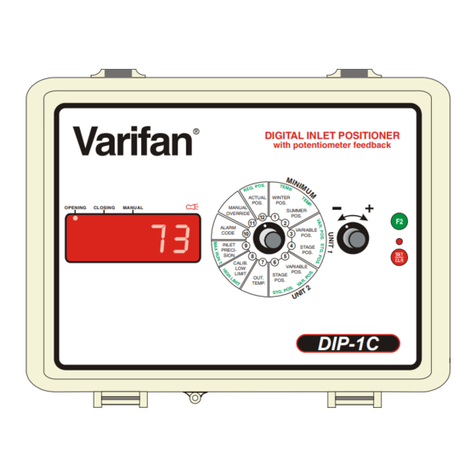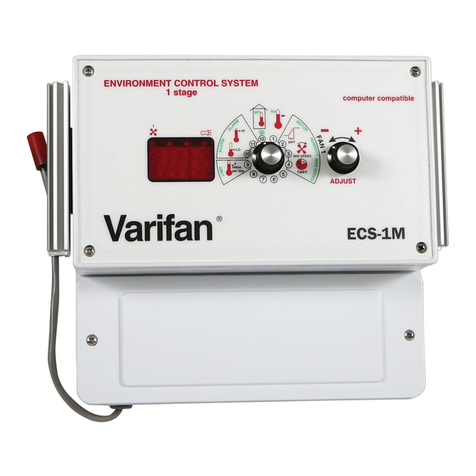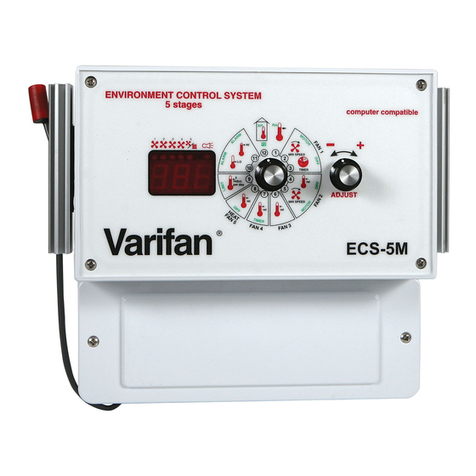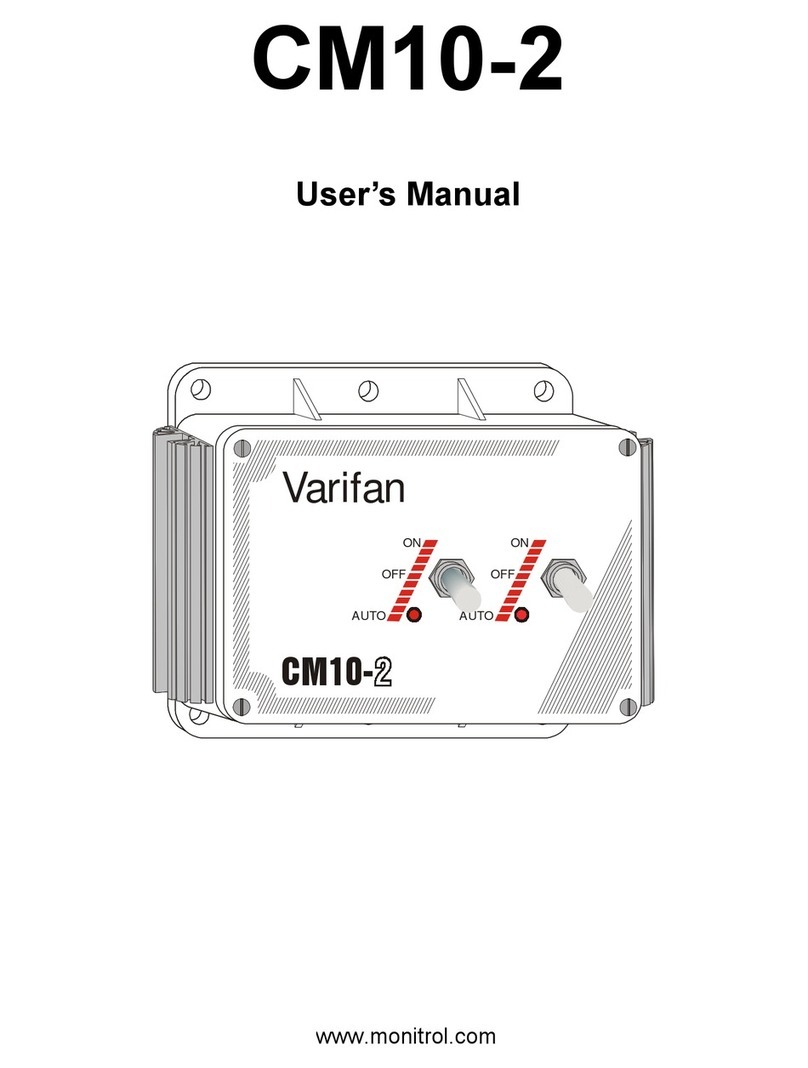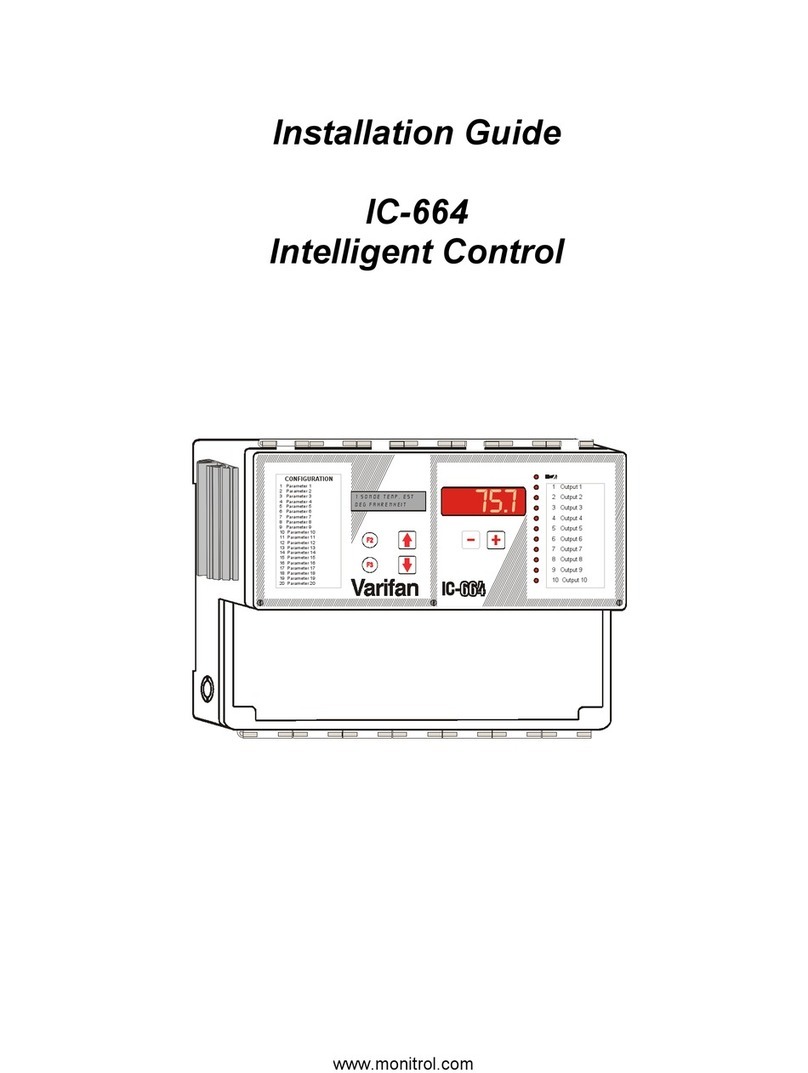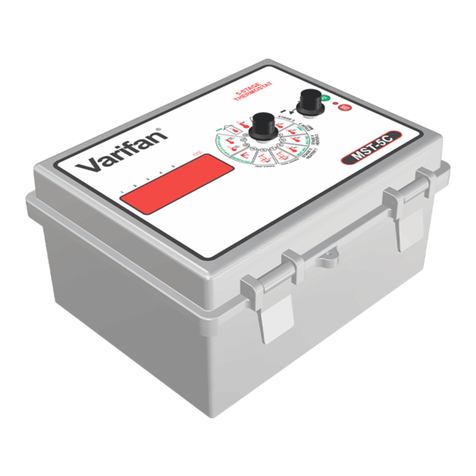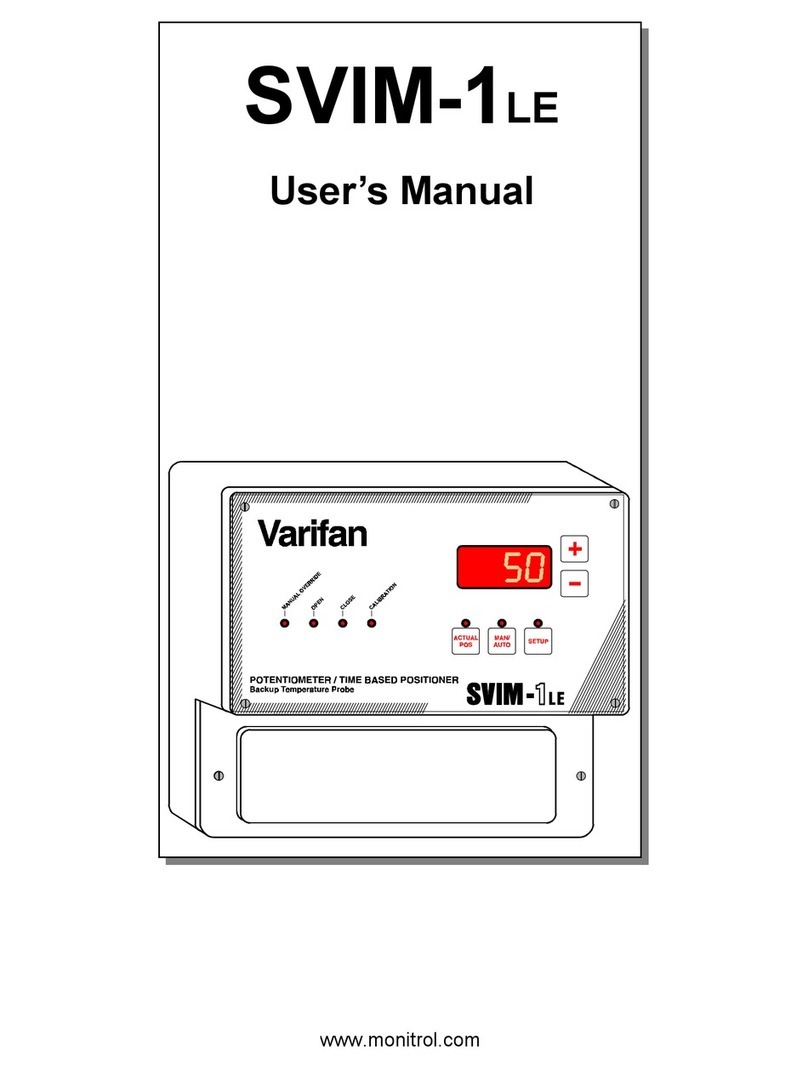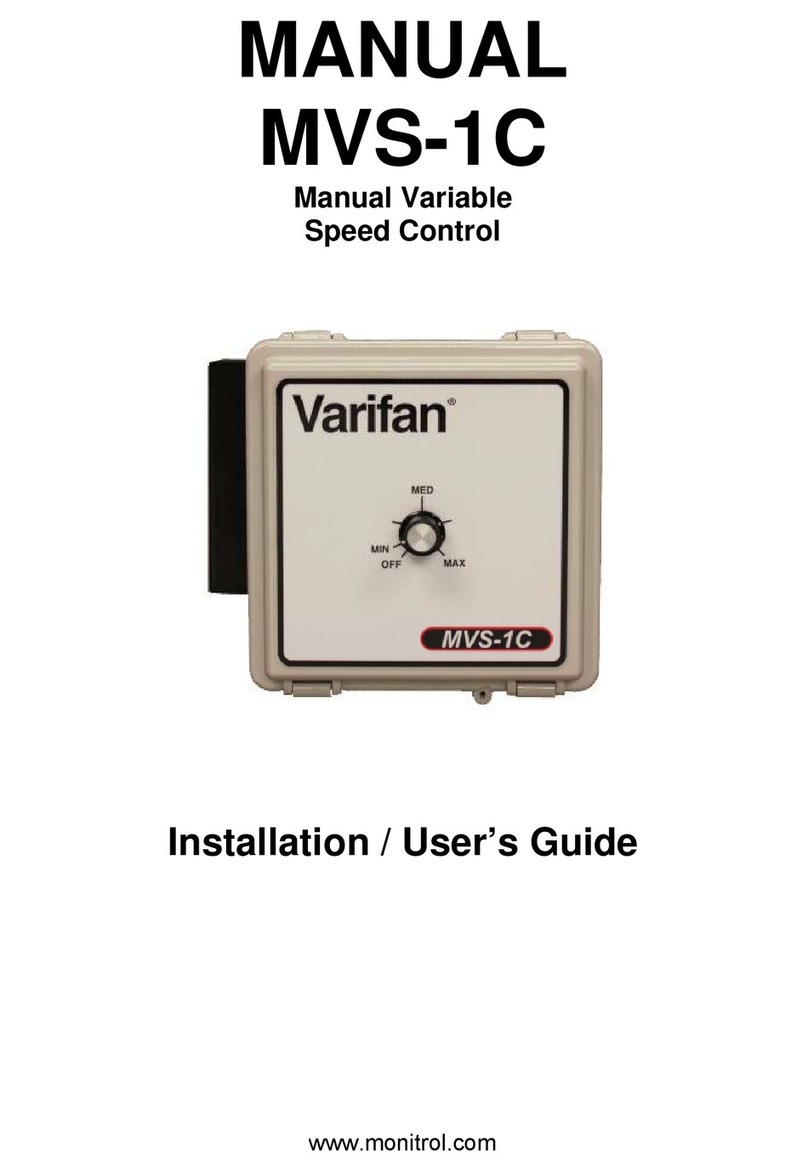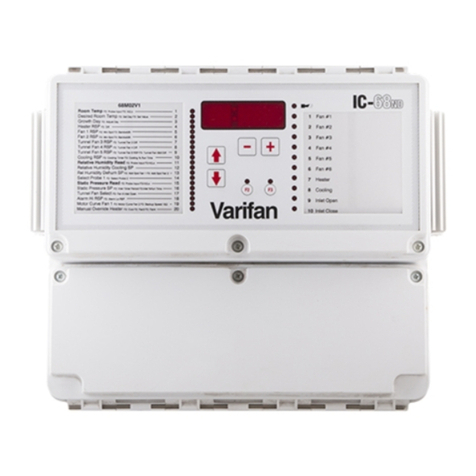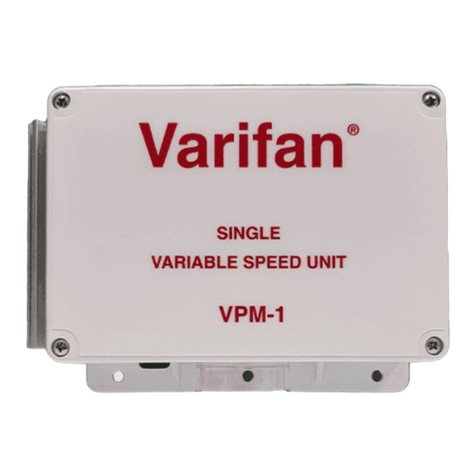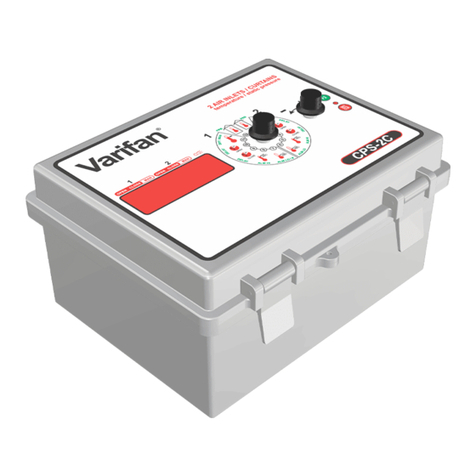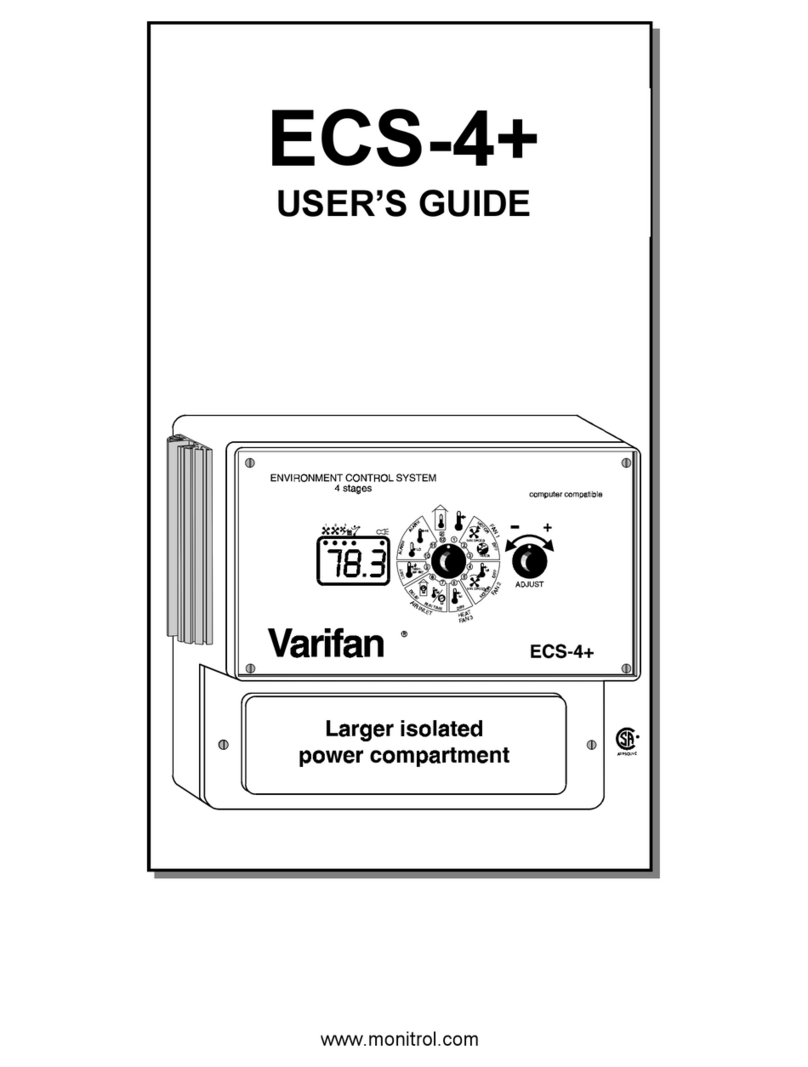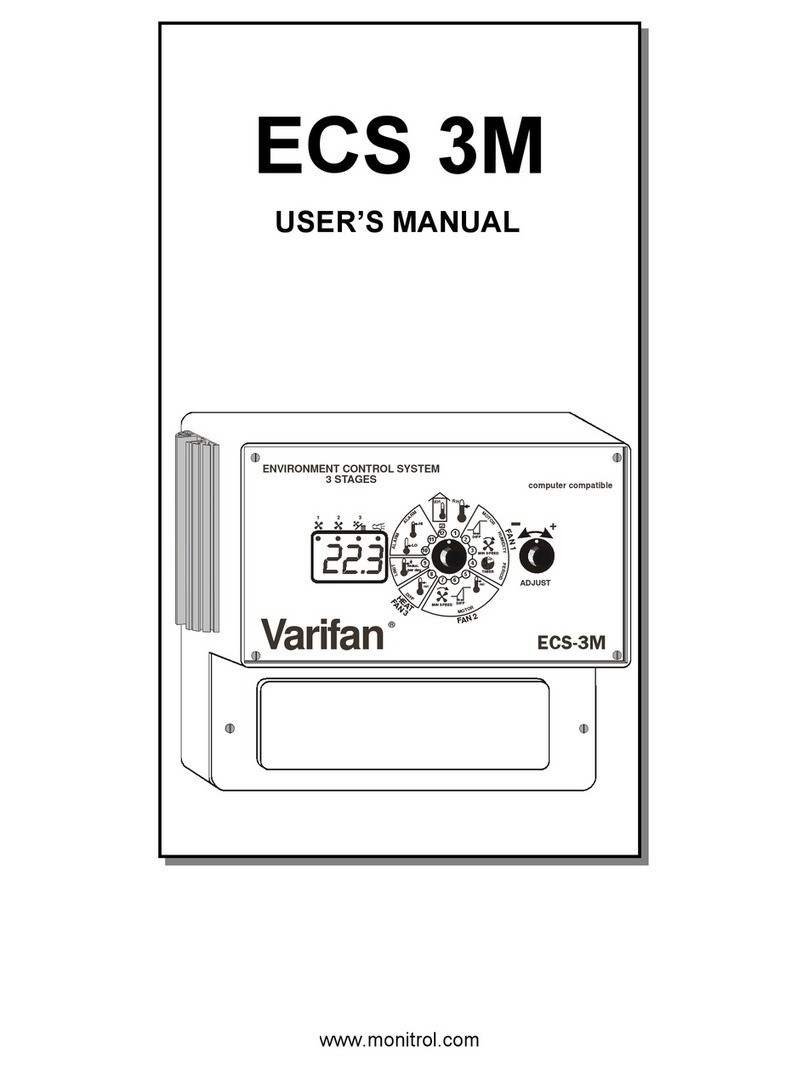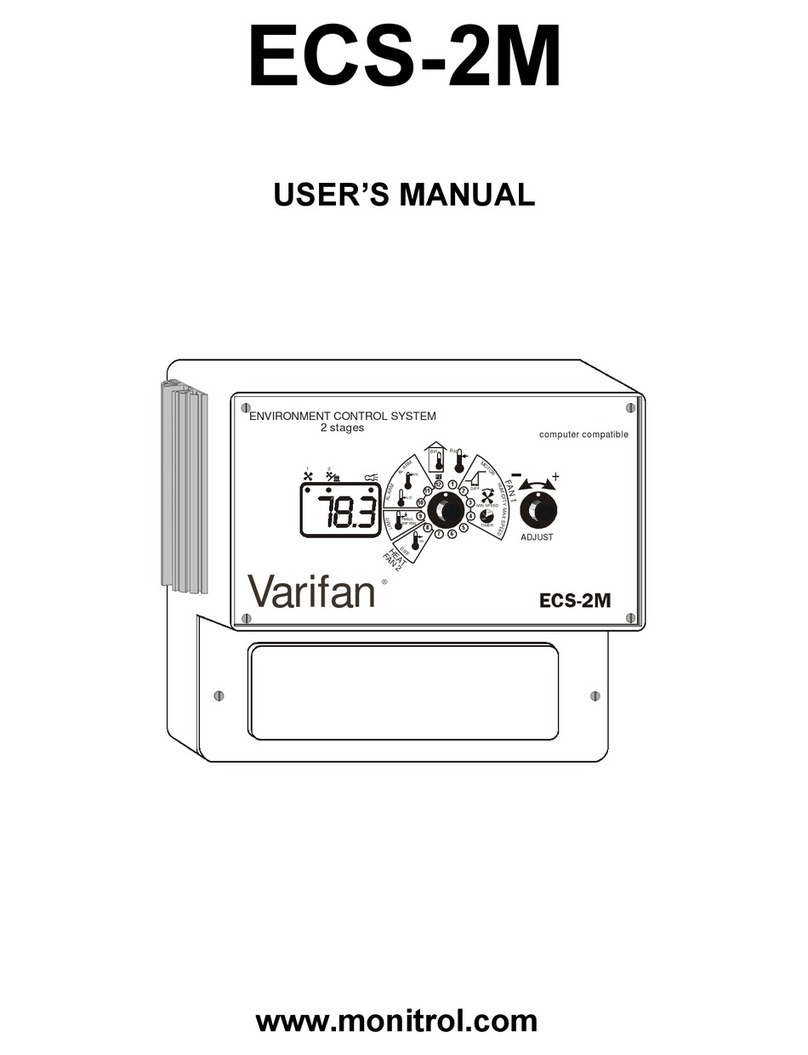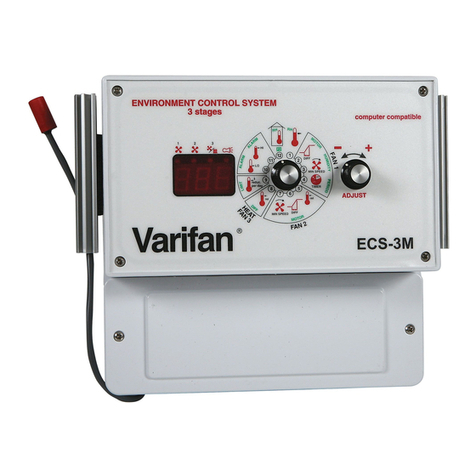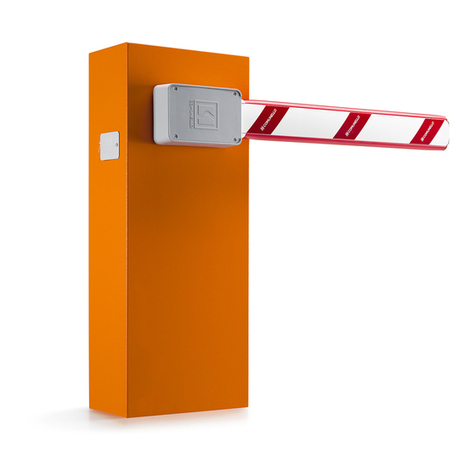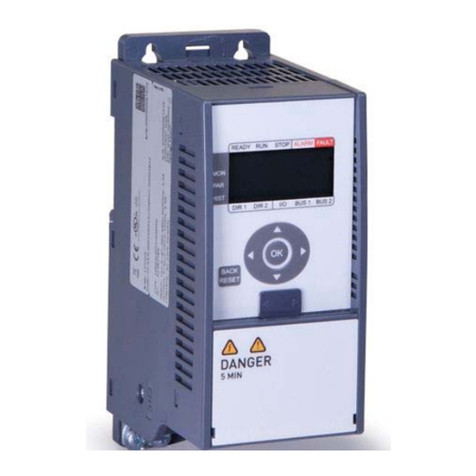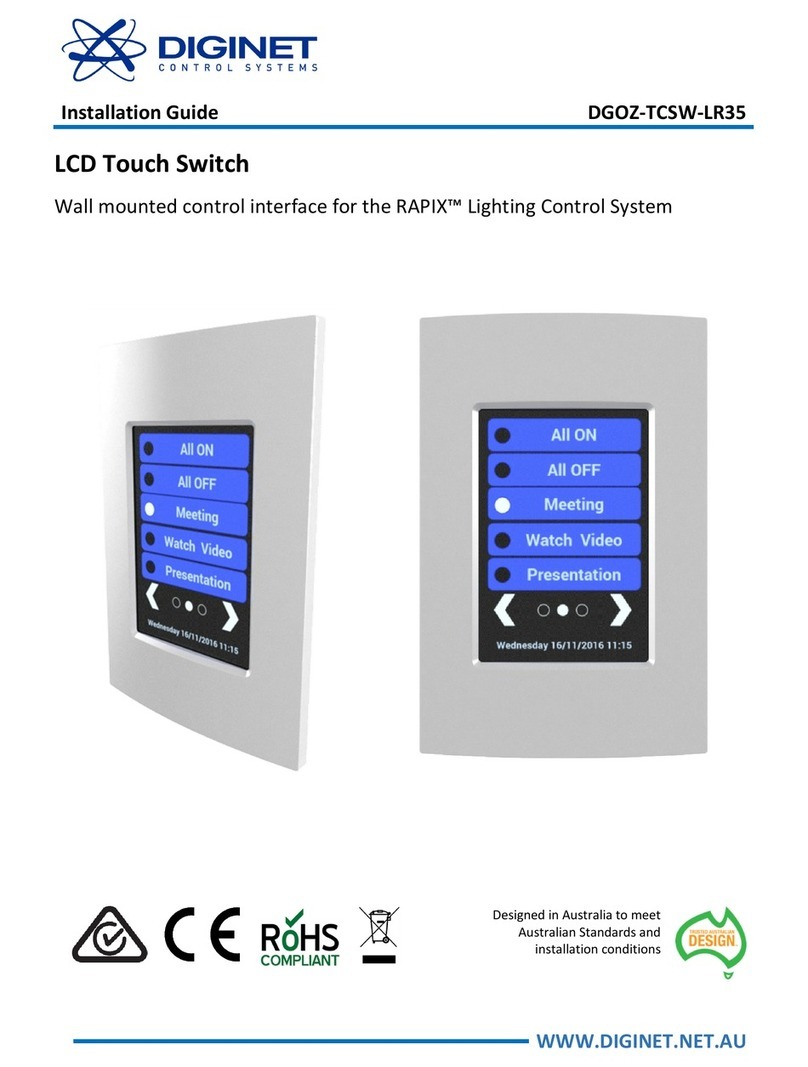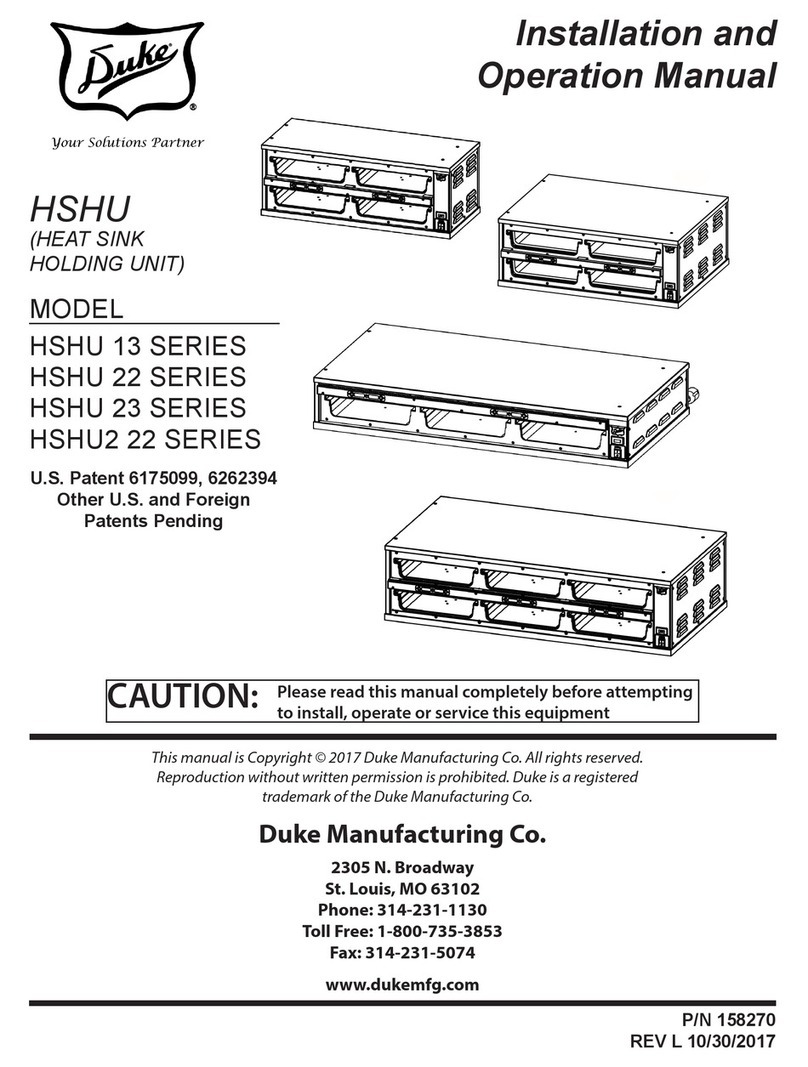
Page 3
CHAPTER 1 - INTRODUCTION
1. General ............................................................................5
1.1 Description .......................................................................5
Definition of terms .........................................................................7
CHAPTER 2 - INSTALLATION
2.1 Unpacking ........................................................................9
2.2 Installation.......................................................................10
2.3 Switch settings ................................................................10
2.3.1 Line voltage selector switch ............................................10
2.3.2 Software setting switches ...............................................11
2.4 Connection procedure.....................................................11
2.4.1 Input power .....................................................................11
2.4.1.1 115 VAC..........................................................................11
2.4.1.2 230 VAC..........................................................................12
2.4.2 Mist output ......................................................................12
2.5 Temperature probes .......................................................12
2.5.1 Single temperature probe ...............................................12
2.5.2 Averaging........................................................................12
2.6 Alarm...............................................................................13
2.7 Powering up ....................................................................13
CHAPTER 3 - USER’S GUIDE
LED status window ......................................................................16
Control dials .................................................................................16
PRIMARY FONCTIONS
Main set point...............................................................................18
Stage 1 differential .......................................................................19
Stage 1 timer run time..................................................................20
Stage 1 timer idle time .................................................................21
Stage 2 relative set point .............................................................22
Stage 2 differential .......................................................................23
Stage 2 timer run time..................................................................24
Stage 2 timer idle time .................................................................25
Ramping.......................................................................................26
Low temperature record...............................................................27
High temperature record ..............................................................28
Ambient room temperature display..............................................29
TABLE OF CONTENTS
